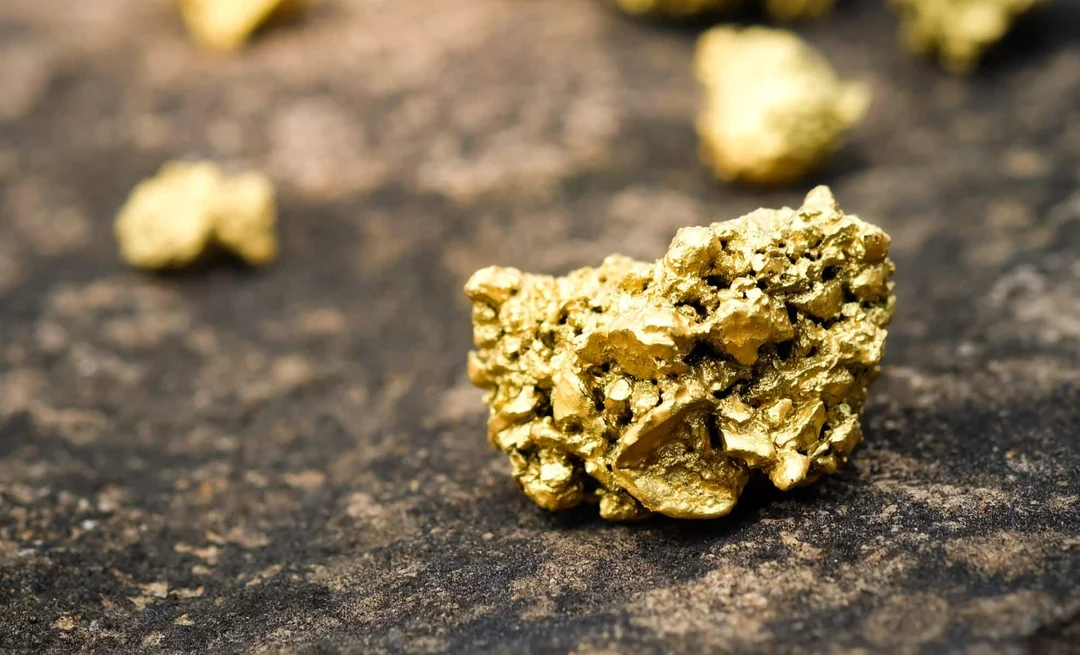
Alchemy Achieved: Physicists Briefly Turn Lead Into Gold at CERN’s LHC
For centuries, alchemists dreamed of transmuting base metals into gold. Now, physicists at CERN's Large Hadron Collider (LHC) have achieved a modern version of this feat, albeit fleetingly. In an extraordinary experiment, lead ions were briefly transformed into gold nuclei during high-energy collisions. While not the philosopher's stone, this achievement offers invaluable insights into particle interactions under extreme conditions.
The experiment, conducted within the ALICE (A Large Ion Collider Experiment) collaboration, involved smashing lead ions together at nearly the speed of light. Occasionally, these ions would pass close enough instead of direct collision to generate an electromagnetic pulse. This pulse could then trigger a reaction in a lead nucleus, causing it to eject protons and thus transform into gold.

"It is impressive to see that our detectors can handle head-on collisions producing thousands of particles, while also being sensitive to collisions where only a few particles are produced at a time, enabling the study of rare electromagnetic 'nuclear transmutation processes,'" said Marco van Leeuwen, spokesperson for the ALICE collaboration.
According to a paper published in Physical Review C, the ALICE experiment detected approximately 86 billion gold nuclei between 2015 and 2018. Although this amounts to only about 29 trillionths of a gram (29 picograms)—an unobservable amount with the naked eye—this highlights a significant proof of concept and a valuable scientific outcome.
The Science Behind the Brief Transformation
Lead, containing 82 protons, underwent extreme conditions where the nuclei accelerated to near light speed. As these ions passed each other, their electromagnetic fields created energy pulses that interacted with the lead nuclei. Some nuclei shed three protons during these interactions, becoming gold atoms which have 79 protons.
Furthermore, the experiment also produced other elements such as Thallium and Mercury in far larger quantities than Gold. The physics team also used the ALICE detector to count ejected protons and neutrons from the lead nuclei. This enabled them to monitor the production of new elements.

A Fleeting Existence
It's important to note that this newly-created gold disappears almost as quickly as it appears. The gold atoms, highly unstable, exist for only about a microsecond before colliding with the LHC walls or decaying into other particles. However, this brief existence is enough to provide substantial data for research.
Implications for Physics
Even though this method doesn't offer a practical approach to gold production, it represents a monumental leap in our understanding of nuclear transmutations. Uliana Dmitrieva said, "Thanks to the unique capabilities of the ALICE ZDCs, the present analysis is the first to systematically detect and analyze the signature of gold production at the LHC experimentally." The ability to study these rare electromagnetic processes opens up exciting avenues for future research. These discoveries can refine our understanding of particle collisions, nuclear reactions, and advance future particle accelerator technologies.
The success of this experiment not only revives the dreams of alchemists but also demonstrates the incredible capabilities of modern particle physics. What other scientific boundaries can be broken with the power of the LHC? Share your thoughts in the comments below!